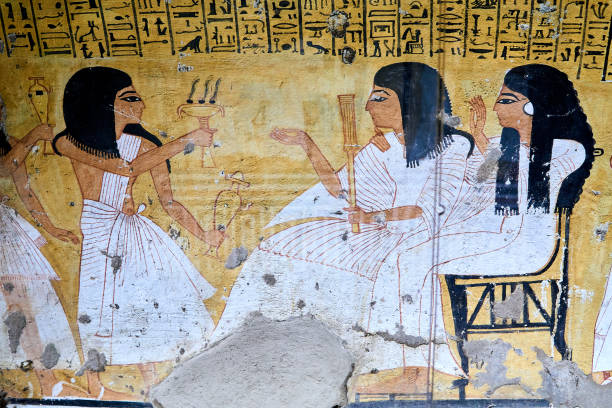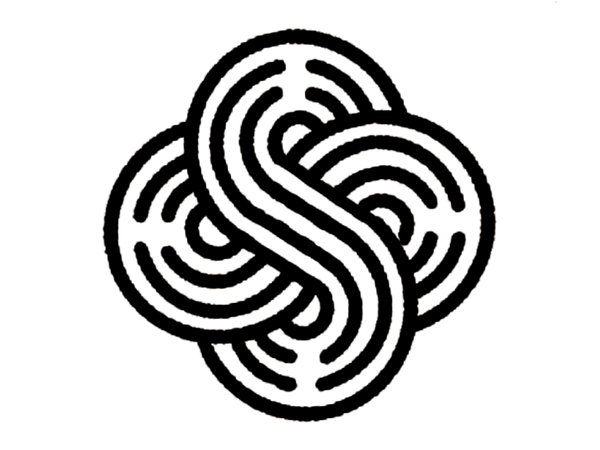
Frankincense and the Pharaohs: The Resin of Ancient Egyptian Royalty
Awaken To The OneShare
Frankincense and the Pharaohs: How Ancient Egyptian Royalty Used Frankincense in Rituals, Medicine, and Daily Life
Frankincense in Religious and Funerary Rituals
The religious significance of frankincense in ancient Egypt cannot be overstated. It was an essential offering to the gods, burned in temples to purify the air and invoke divine favor. The resin's smoke was believed to carry prayers to the heavens, making it a key element in temple rituals and ceremonies.
For the pharaohs, frankincense was a sacred component of the embalming process. It was used alongside myrrh and other resins to preserve the body, ward off decay, and ensure a successful transition into the afterlife. The Ebers Papyrus, an ancient Egyptian medical text, details the use of frankincense in mummification, reinforcing its role as a purifying and protective agent.
Medicinal Uses of Frankincense in Royal Life
Beyond its spiritual significance, frankincense was highly valued for its medicinal properties. Ancient Egyptian physicians prescribed it for a variety of ailments, including inflammation, infections, and digestive disorders. The resin was ground into a fine powder and mixed with honey or wine to create healing salves and tinctures.
Royal households frequently employed frankincense-infused remedies to maintain health and longevity. It was also a staple ingredient in Egyptian perfumes, prized for its antiseptic qualities and ability to promote skin health. Queen Hatshepsut, one of Egypt’s most famous rulers, even commissioned expeditions to the Land of Punt to secure a steady supply of frankincense, underscoring its importance to the royal court.
Frankincense in Daily Life and Luxury
For the pharaohs and the elite, frankincense extended beyond religious and medicinal uses to become a staple of daily luxury. Incense burners filled royal chambers with its rich aroma, creating an atmosphere of divine presence and relaxation. The resin was also incorporated into cosmetics and skincare products, believed to enhance beauty and youthfulness.
Frankincense was frequently blended with other exotic ingredients to create signature fragrances that distinguished royalty from commoners. Some historians suggest that Egyptian rulers, including Cleopatra, used these fragrances not only for personal adornment but also as a form of political and cultural influence, leaving an indelible impression on foreign dignitaries.
Conclusion
Frankincense was far more than an aromatic luxury in ancient Egypt—it was a symbol of divinity, power, and well-being. From temple offerings and embalming rituals to medicine and daily indulgence, this precious resin played a vital role in the lives of the pharaohs. Its enduring legacy in Egyptian history is a testament to its profound spiritual and practical significance, a legacy that continues to fascinate historians and enthusiasts of ancient culture today.
